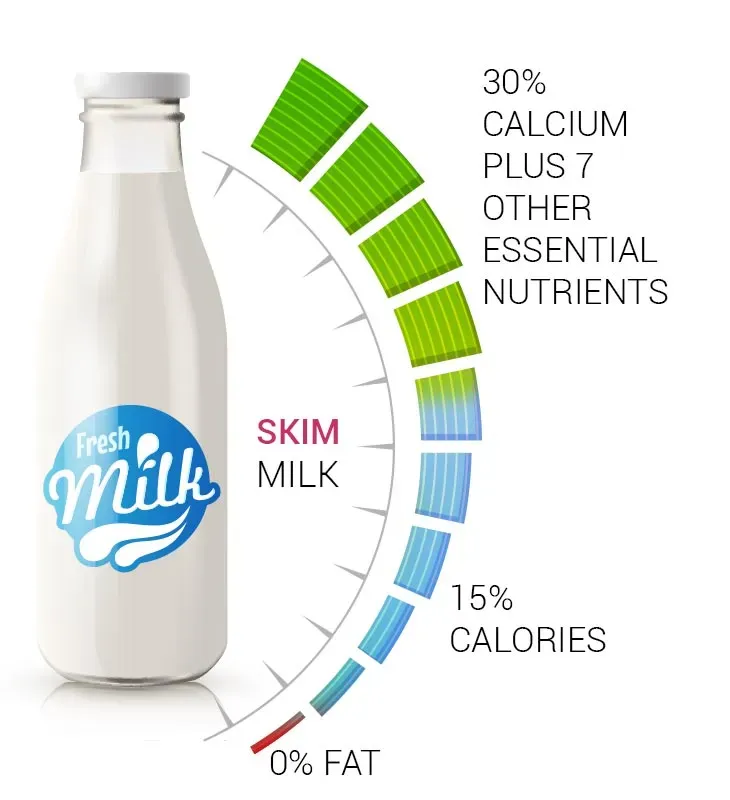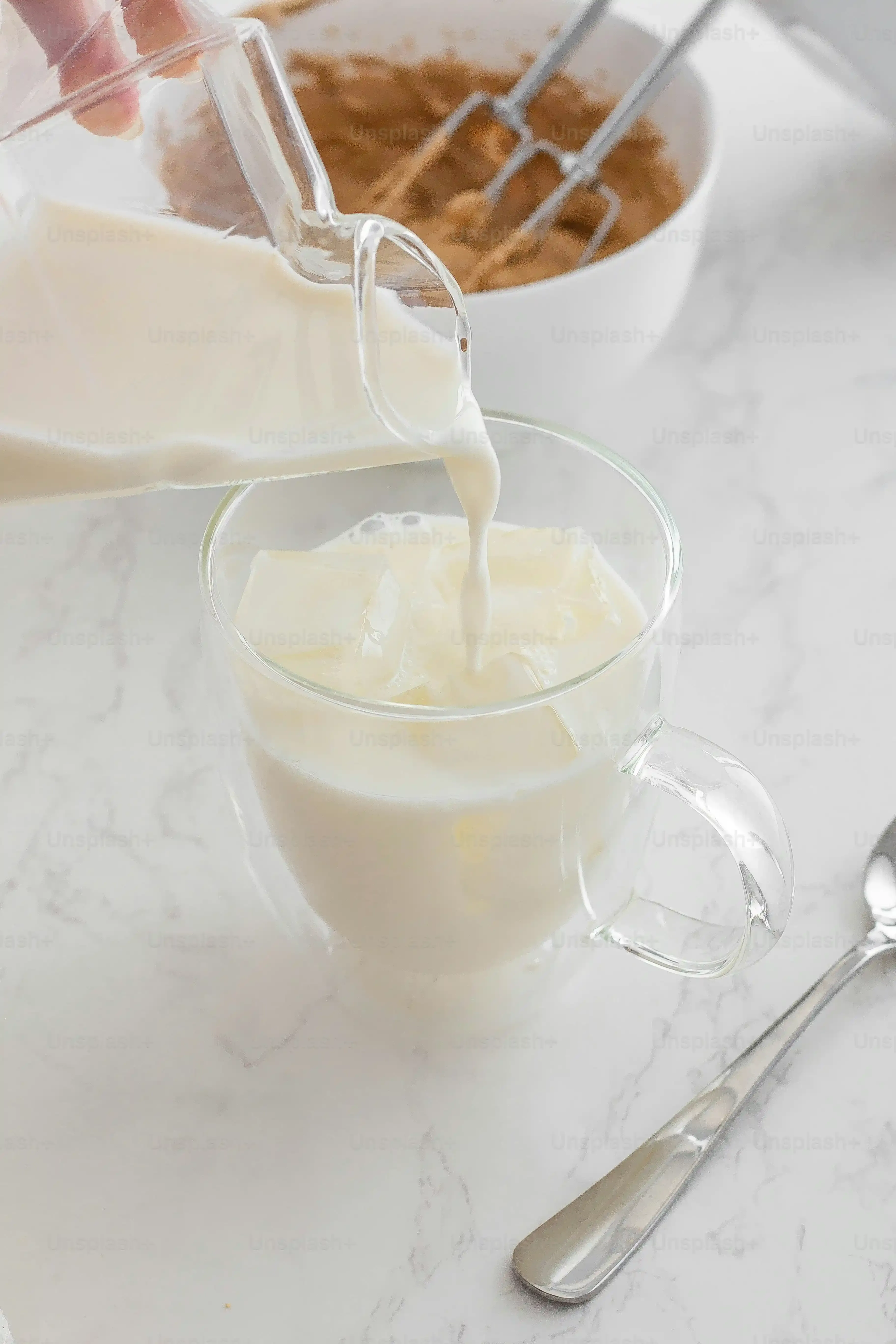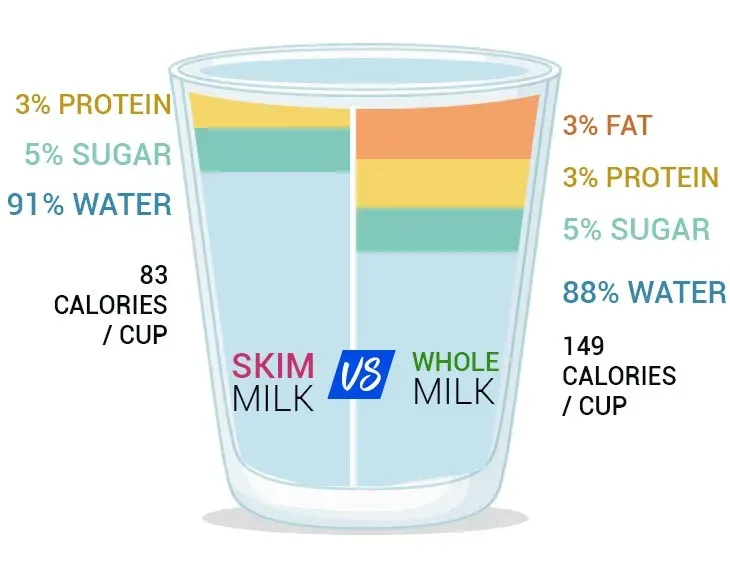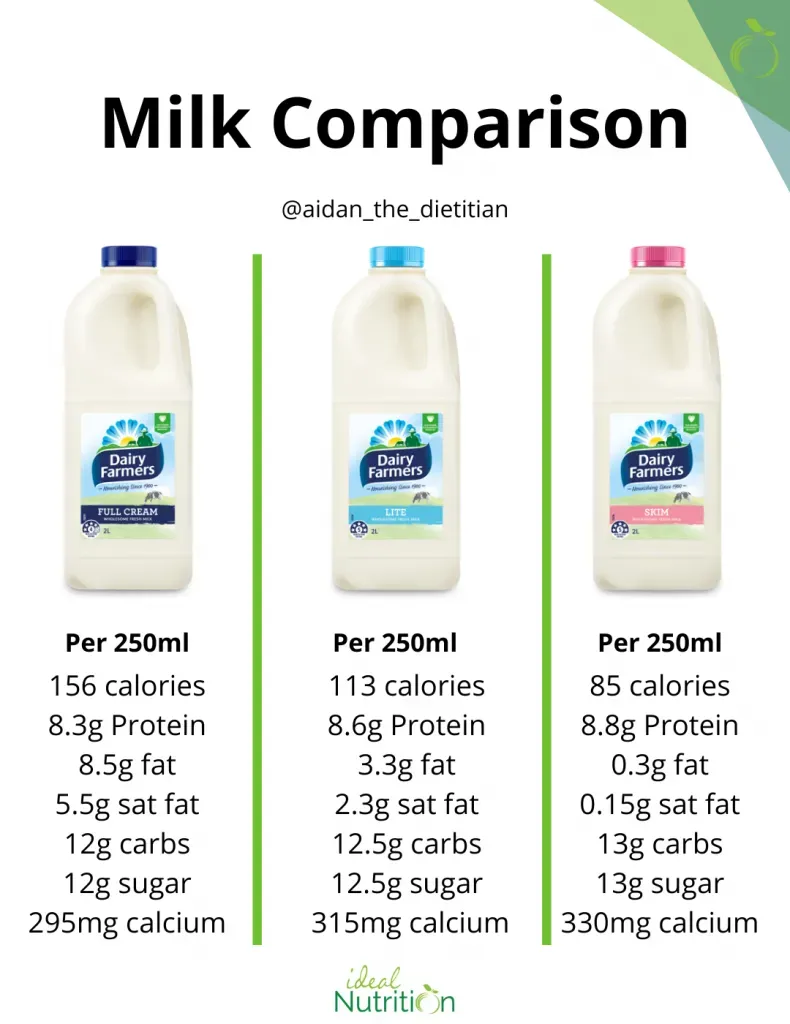Table of Contents
For decades, the dairy aisle felt like a minefield. We were told fat was bad, and skim milk became the poster child for healthy choices. But is skim milk low fat really the whole story? It's true, skim milk has virtually no fat compared to its creamier cousins like whole milk.
Is Skim Milk Low Fat? Understanding Dairy Labels

Is Skim Milk Low Fat? Understanding Dairy Labels
Reading the Fine Print on Your Milk Carton
Walk down the dairy aisle today, and you see a lineup that's more complex than it used to be. There's whole milk, 2% reduced-fat, 1% low-fat, and then there's skim milk. The key difference between them, right there on the label, is the fat content. It's how the industry sorts and sells it, making it easier for you to pick based on your preferences or diet plans.
Knowing what those percentages mean is the first step to understanding what you're buying. Whole milk is the baseline, the milk as it comes from the cow before much processing beyond pasteurization and homogenization. Everything else has had some or all of the fat removed. So, when you ask, "Is skim milk low fat?", the answer is a resounding yes, but let's look at exactly *how* low.
Breaking Down the Fat Percentages
The labels aren't just random numbers; they tell you the percentage of milk fat by weight. Whole milk clocks in at a minimum of 3.25% fat. Then you step down: 2% milk has, well, 2% fat. The 1% version has 1% fat. And then you get to skim milk, which is also often called non-fat milk or fat-free milk. This stuff has had virtually all the fat removed, legally required to be less than 0.5% fat. That's a significant drop from whole milk, making it the lowest fat option available.
Think about it like this: for every cup (8 ounces), whole milk has around 8 grams of fat, with about 5 grams of that being saturated fat. Skim milk? We're talking maybe 0.2 grams of total fat. That difference is why, for a long time, skim milk was positioned as the automatic "healthier" choice, especially for anyone trying to cut calories or saturated fat.
Milk Type | Minimum Fat Content | Approximate Fat per 8oz Serving |
|---|---|---|
Whole Milk | 3.25% | 8 grams |
2% Reduced-Fat Milk | 2% | 5 grams |
1% Low-Fat Milk | 1% | 2.5 grams |
Skim Milk (Non-Fat/Fat-Free) | Less than 0.5% | Less than 0.5 grams |
Skim Milk vs. Whole Milk: The Fat Debate

Skim Milk vs. Whole Milk: The Fat Debate
Skim Milk vs. Whole Milk: The Fat Debate
so we know skim milk has basically no fat, and whole milk has a decent amount. For years, the advice was simple: fat is bad, especially saturated fat, which whole milk has more of. This led to a massive shift, with dietitians and health guidelines pushing people toward skim or low-fat milk to cut calories and supposedly reduce heart disease risk. The thinking was straightforward: less fat in your food means less fat on your body and healthier arteries. It seemed logical at the time, a clear-cut case of swapping out the "bad" for the "good."
Is Skim Milk Low Fat a Healthy Choice for You?
So, knowing that is skim milk low fat, the big question becomes: is it actually a healthy choice for *you*? For years, the simple answer was "yes, because it's low in fat and calories." This made it the go-to for weight watchers and anyone trying to manage cholesterol. And look, if your primary goal is to slash saturated fat intake without giving up milk entirely, skim milk does exactly that. It still delivers the goods on calcium, vitamin D (often added), potassium, and that solid dose of protein, all without the fat grams found in whole milk. This makes it seem like a no-brainer, a simple swap for a healthier diet.
Beyond Fat: Nutrients in Skim Milk and Other Types

Beyond Fat: Nutrients in Skim Milk and Other Types
It's Not Just About Fat: The Nutrient Powerhouse
so we've hammered home that is skim milk low fat, but let's step back and look at the bigger picture. Milk, regardless of its fat level, is a nutritional heavyweight. We're talking serious calcium for bone health, potassium that helps manage blood pressure, and a good hit of protein that's essential for building and repairing tissues. Think of it as a package deal. Even when the fat is skimmed off, the essential vitamins and minerals that make milk a foundational food group are still largely present. Sure, some fat-soluble vitamins like A and D are naturally found in the fat, but dairy companies typically add these back into lower-fat and skim versions through fortification, so you're not missing out entirely on those fronts either. It's a pretty efficient way to get a lot of bang for your nutritional buck.
Are All Milk Nutrients Created Equal Across Fat Levels?
While the core nutrients like calcium and protein stick around, there are nuances. The fat component in whole milk isn't just empty calories; it contains fatty acids that some research suggests might have specific roles in the body, and it also helps with the absorption of those added fat-soluble vitamins. Plus, fat makes things taste richer and can help you feel full longer. When you remove the fat to make skim milk, you lose that mouthfeel and potentially some of those subtle benefits tied to the fat itself. There's also the argument that the processing needed to separate the fat might subtly alter the milk, though the major nutrient players generally remain. It's not a simple case of "whole is bad, skim is good"; it's more about what specific nutritional goals you have and how the different compositions fit into your overall diet.
- Calcium: Crucial for strong bones and teeth.
- Vitamin D: Aids calcium absorption (often added).
- Potassium: Supports healthy blood pressure.
- Protein: Essential for muscle repair and growth.
- Vitamin B12: Important for nerve function and blood cells.
- Riboflavin: Helps convert food into energy.
- Phosphorus: Works with calcium for bone health.
Making Your Milk Choice: Beyond Just Low Fat
So, is skim milk low fat? Yes, it contains virtually no fat, which was the primary reason it became a staple for many. The conversation around dietary fat has certainly shifted, however. It's no longer just about minimizing fat intake across the board, but understanding the types of fat and how they function within a complete diet. Both skim and whole milk provide essential nutrients like calcium, potassium, and protein. Ultimately, the choice between skim and other types of milk isn't a universal decree; it depends on individual dietary needs, life stage, and overall eating habits. Focusing solely on whether milk is "low fat" overlooks the broader nutritional landscape.
